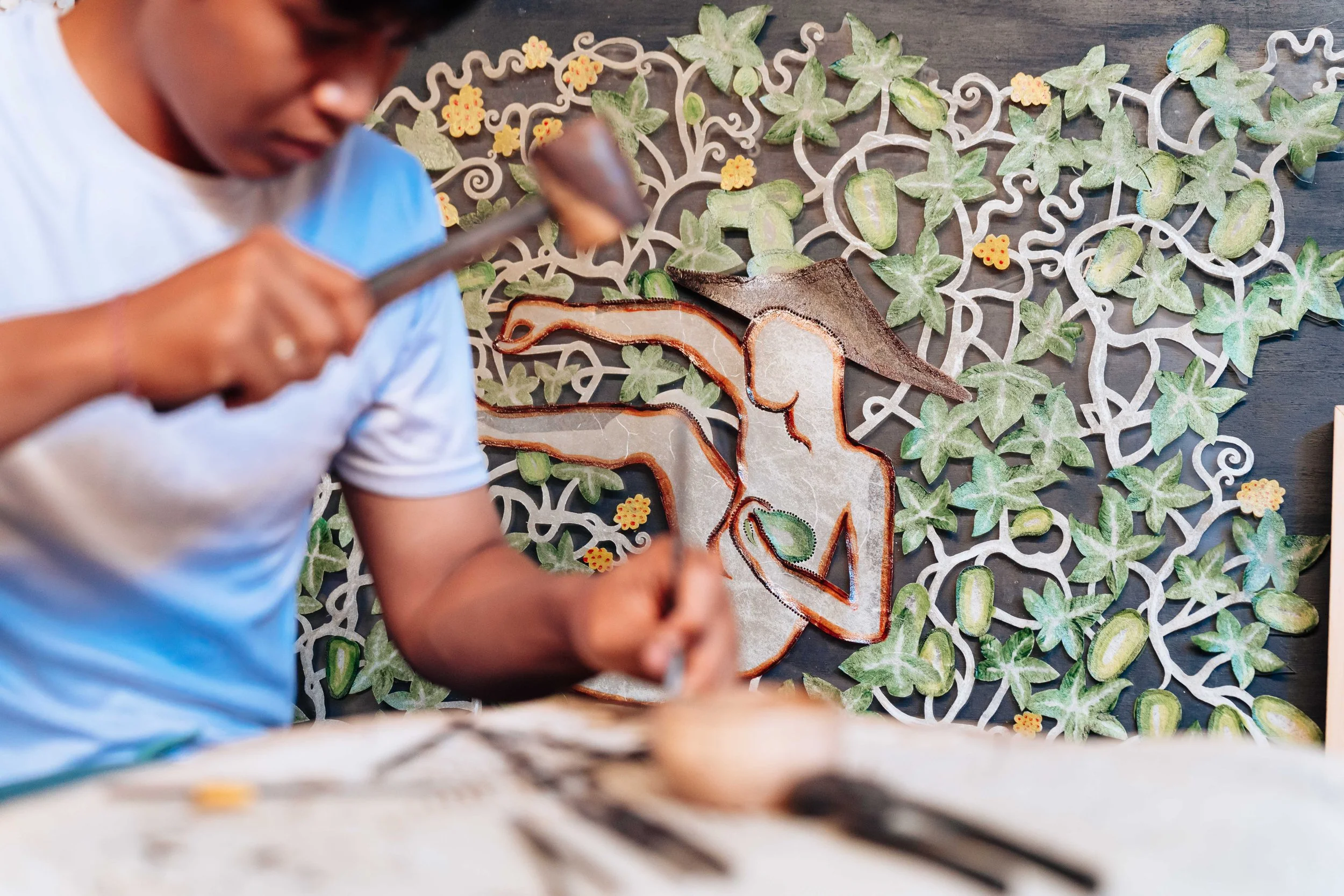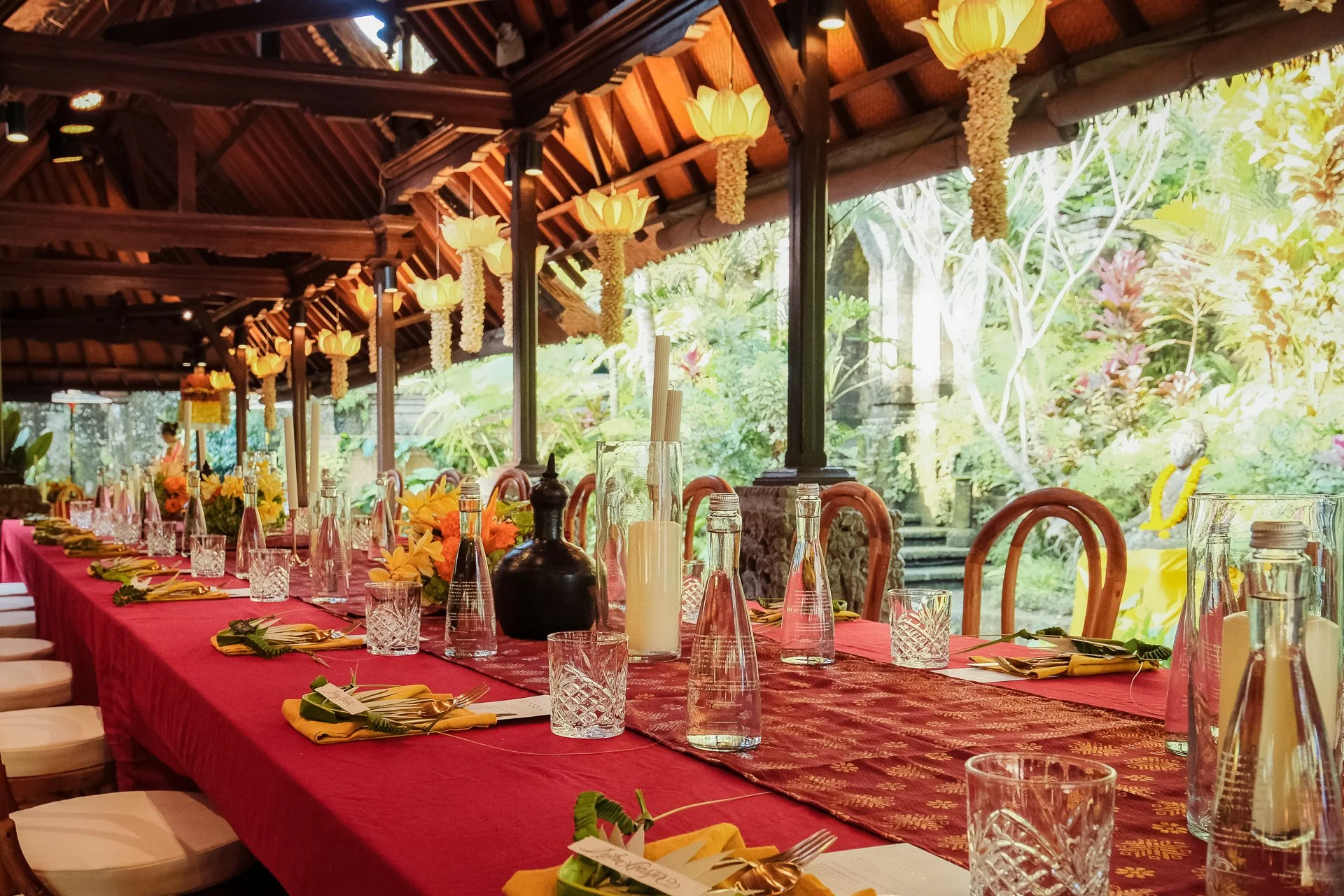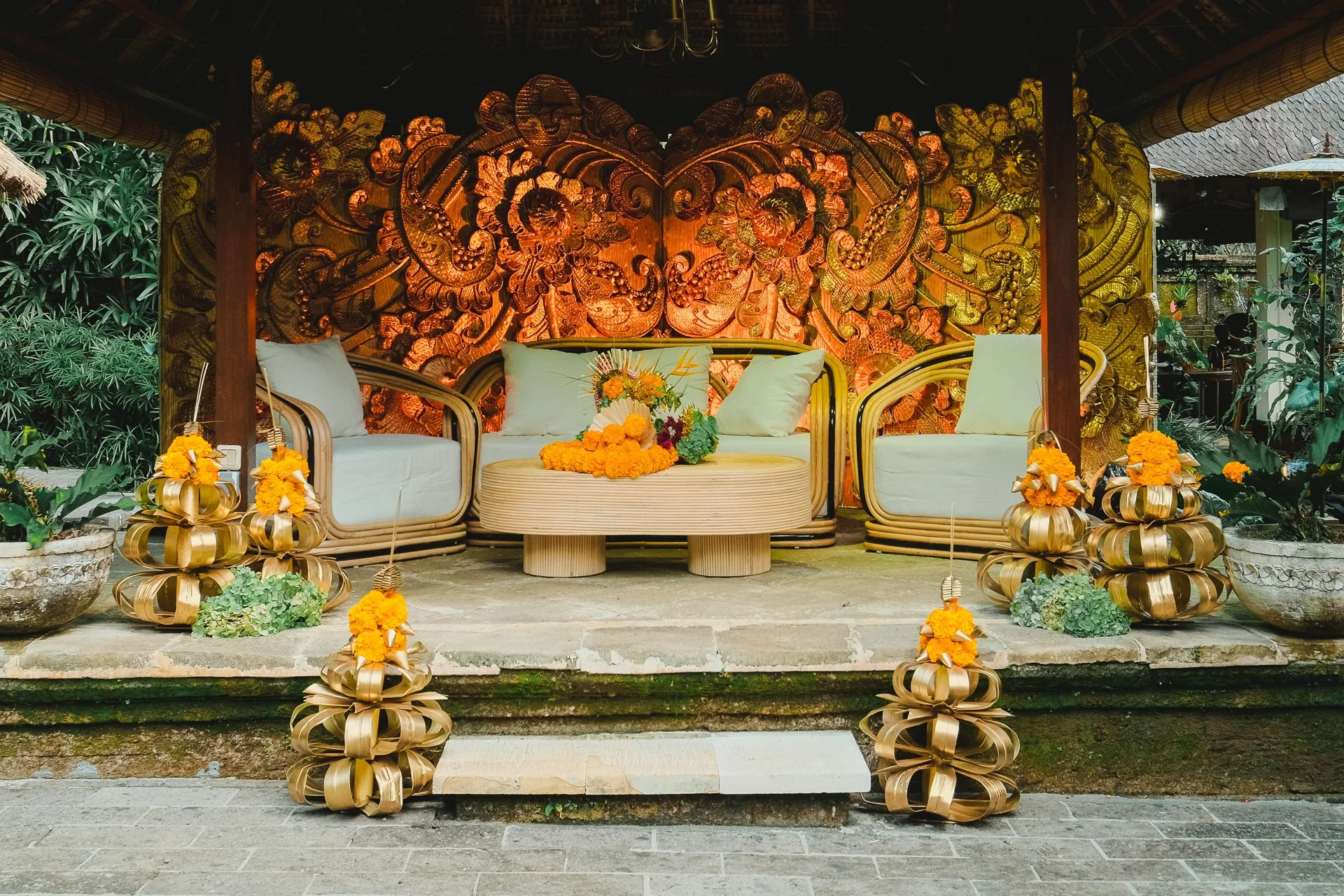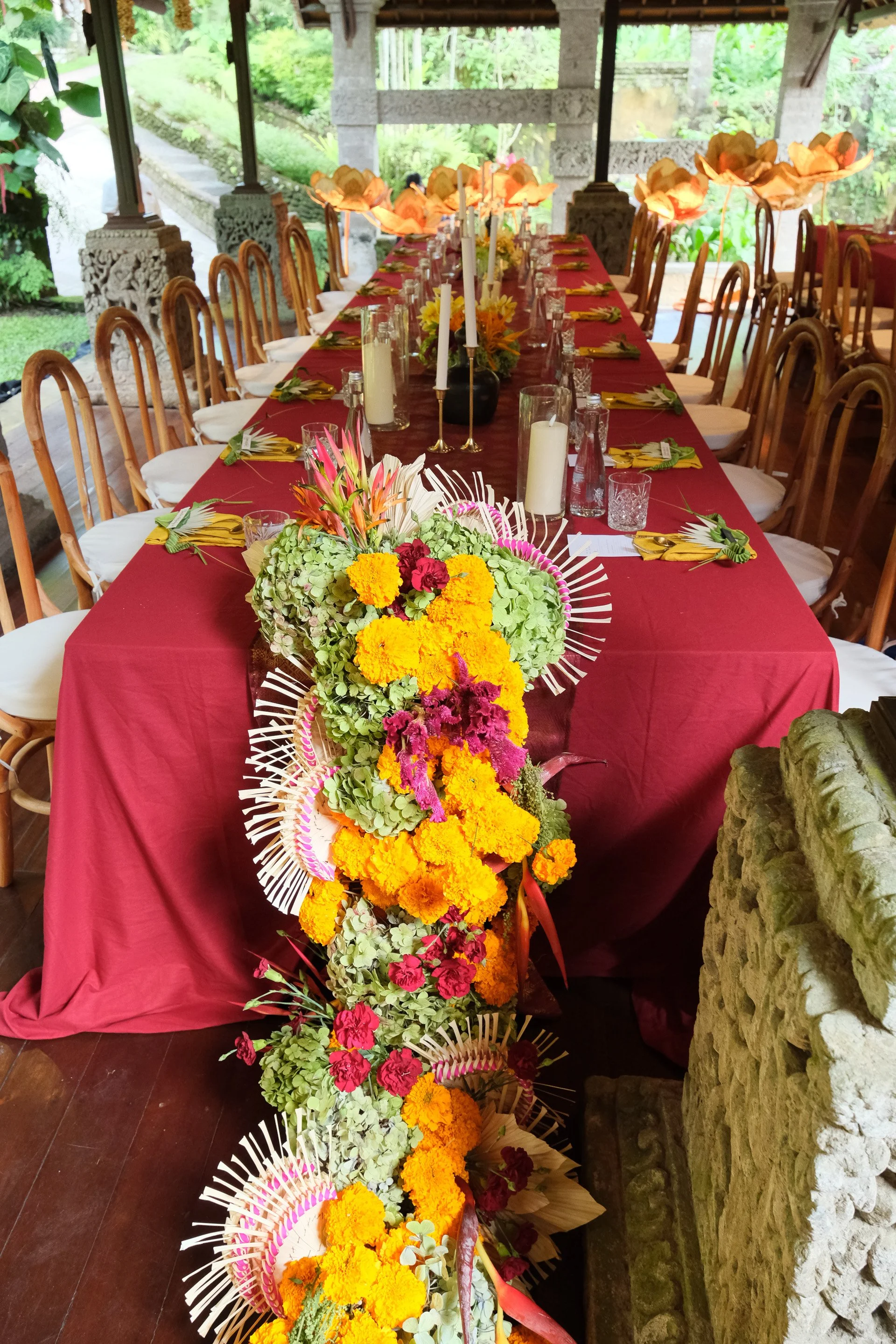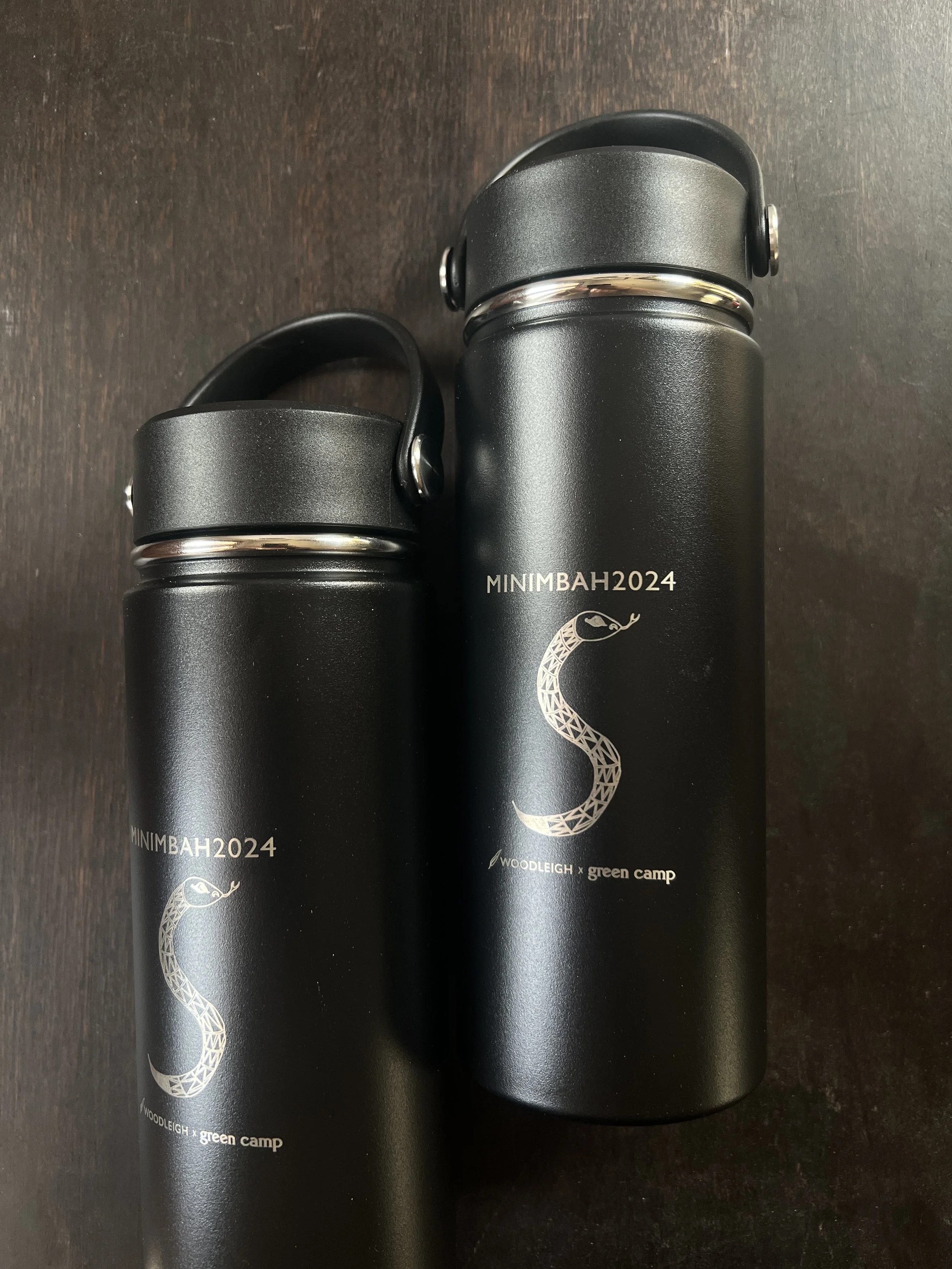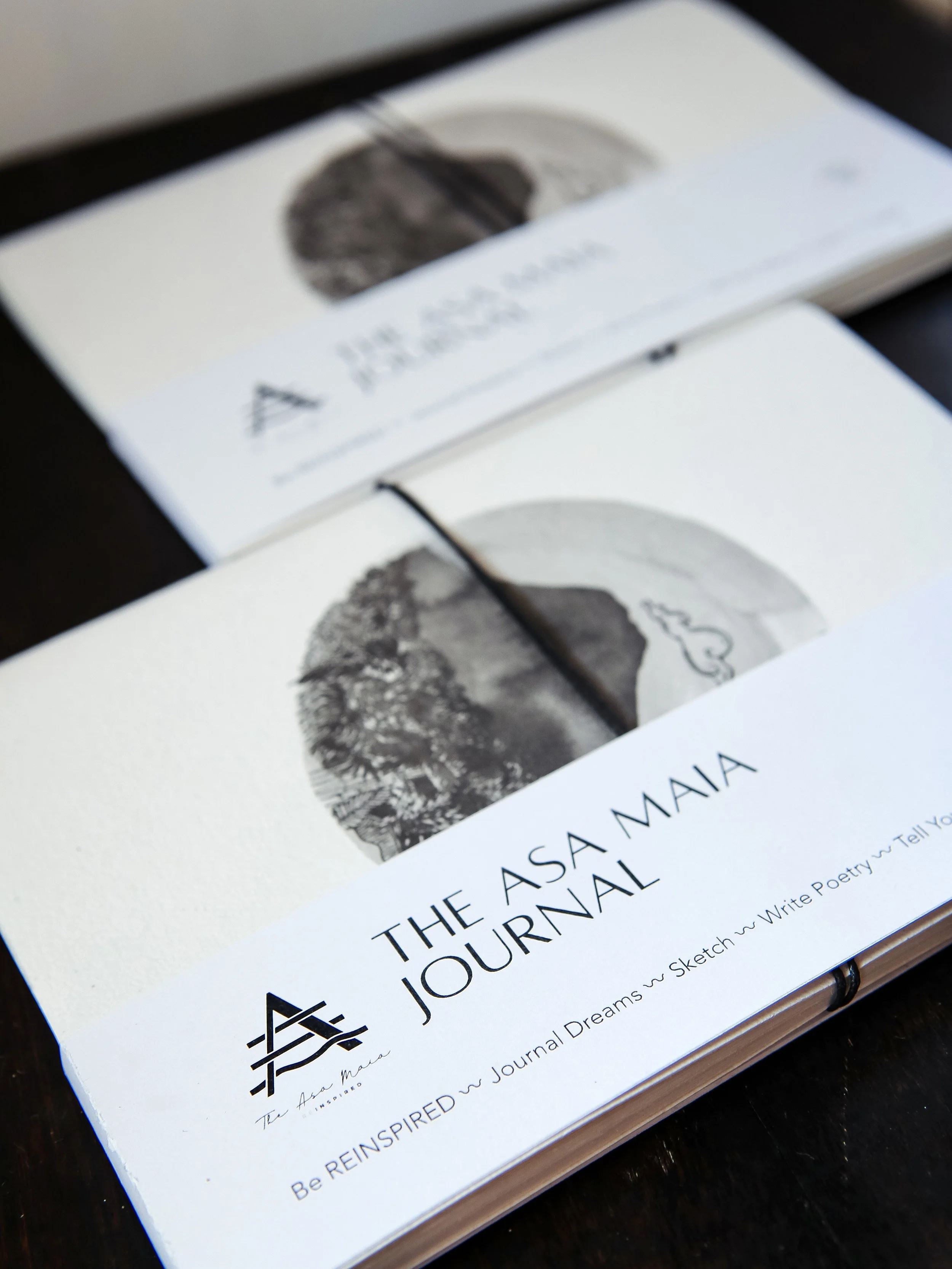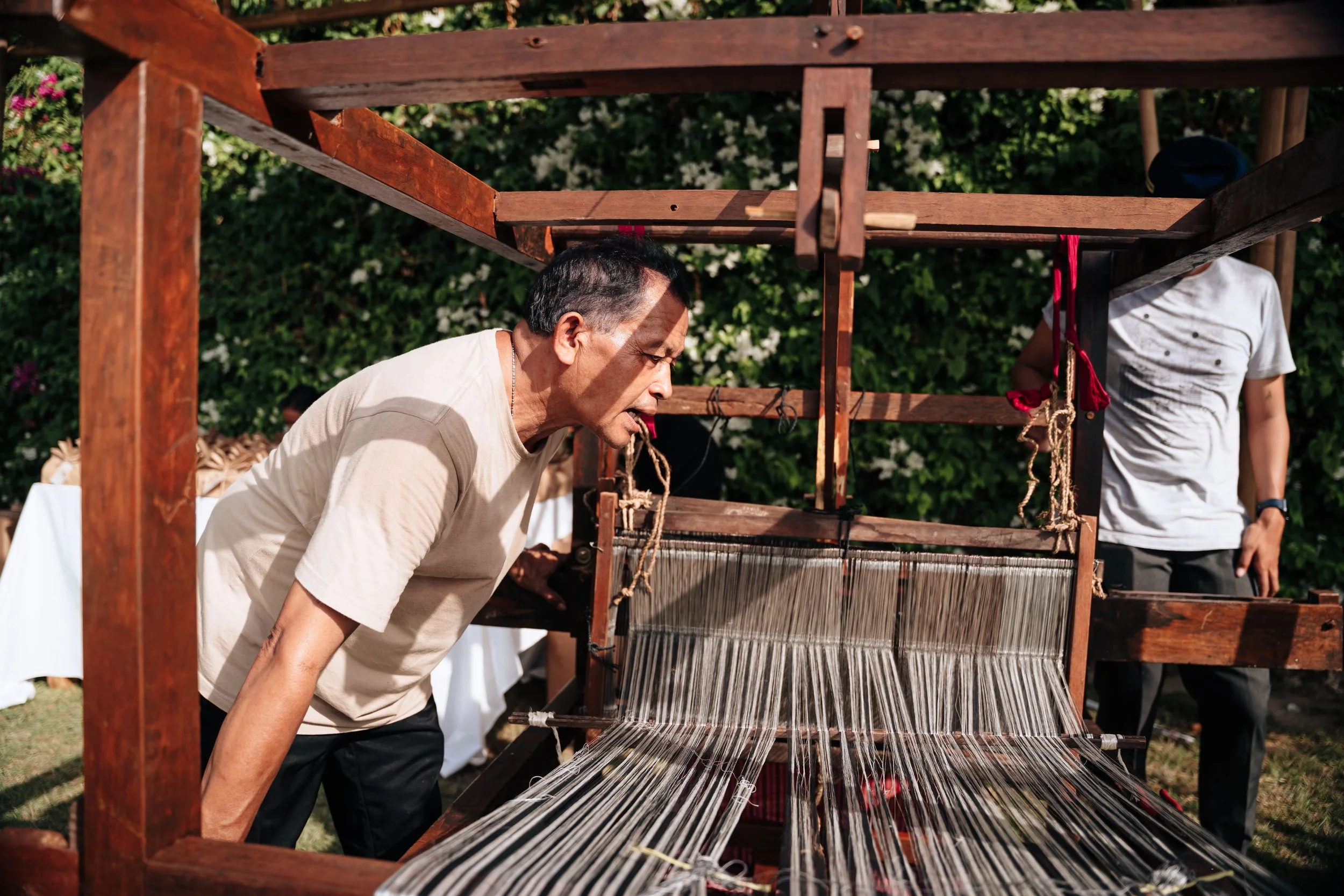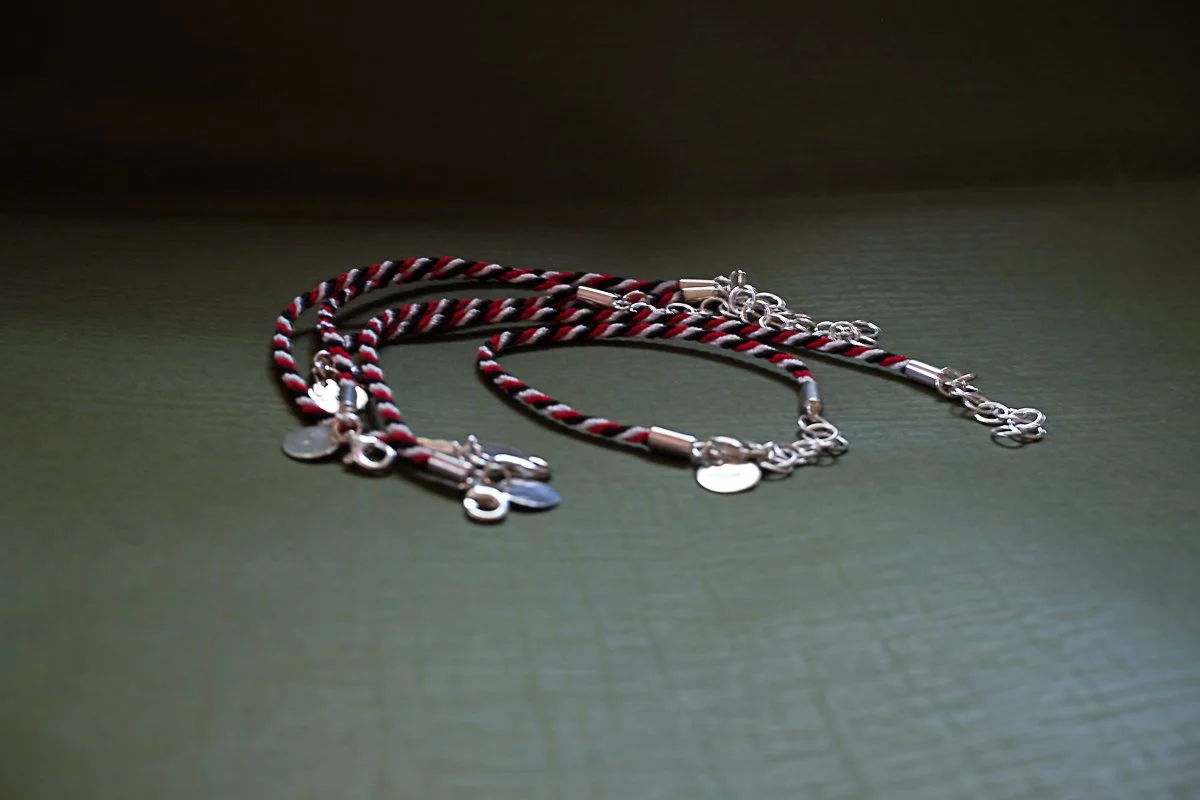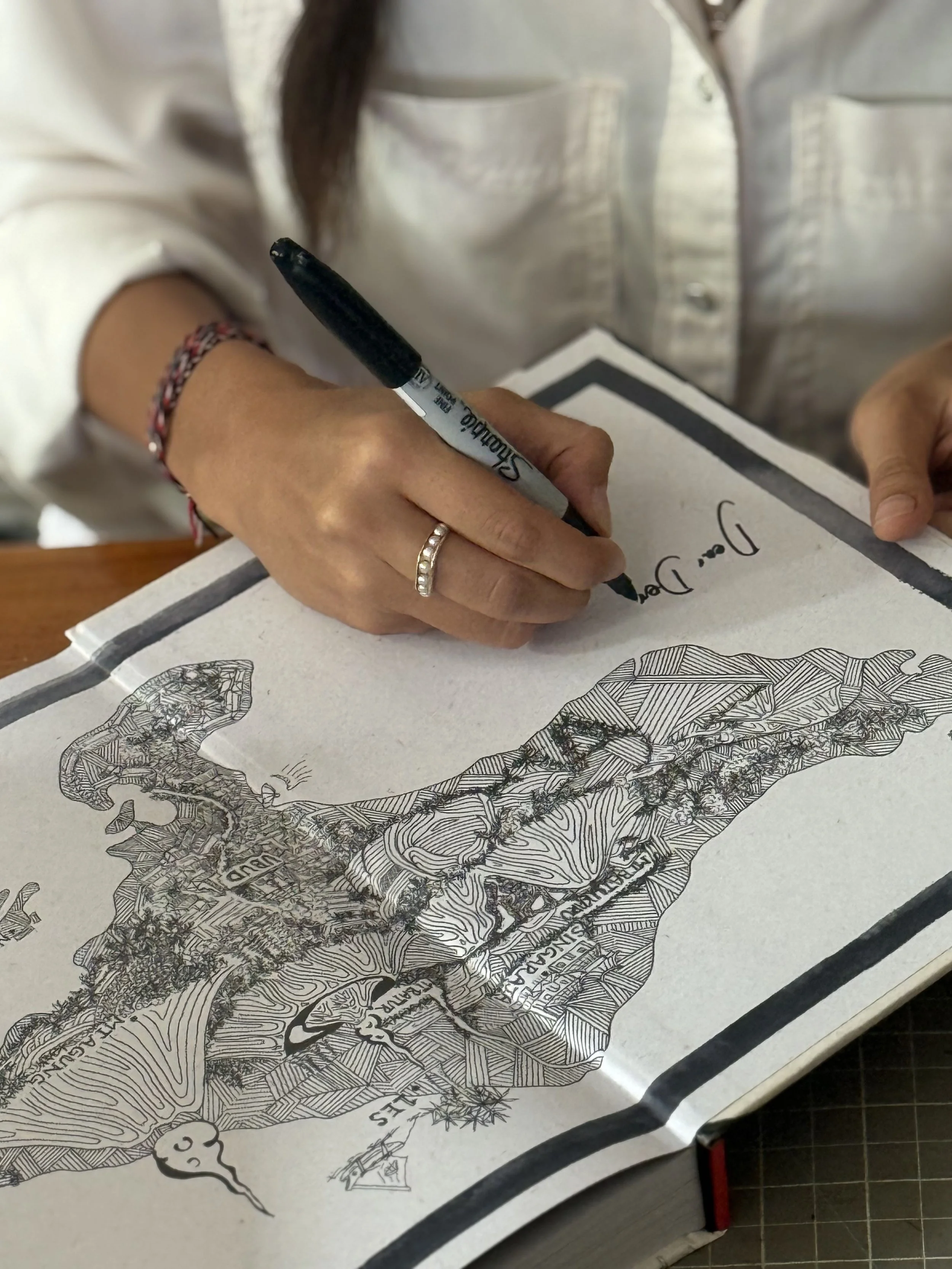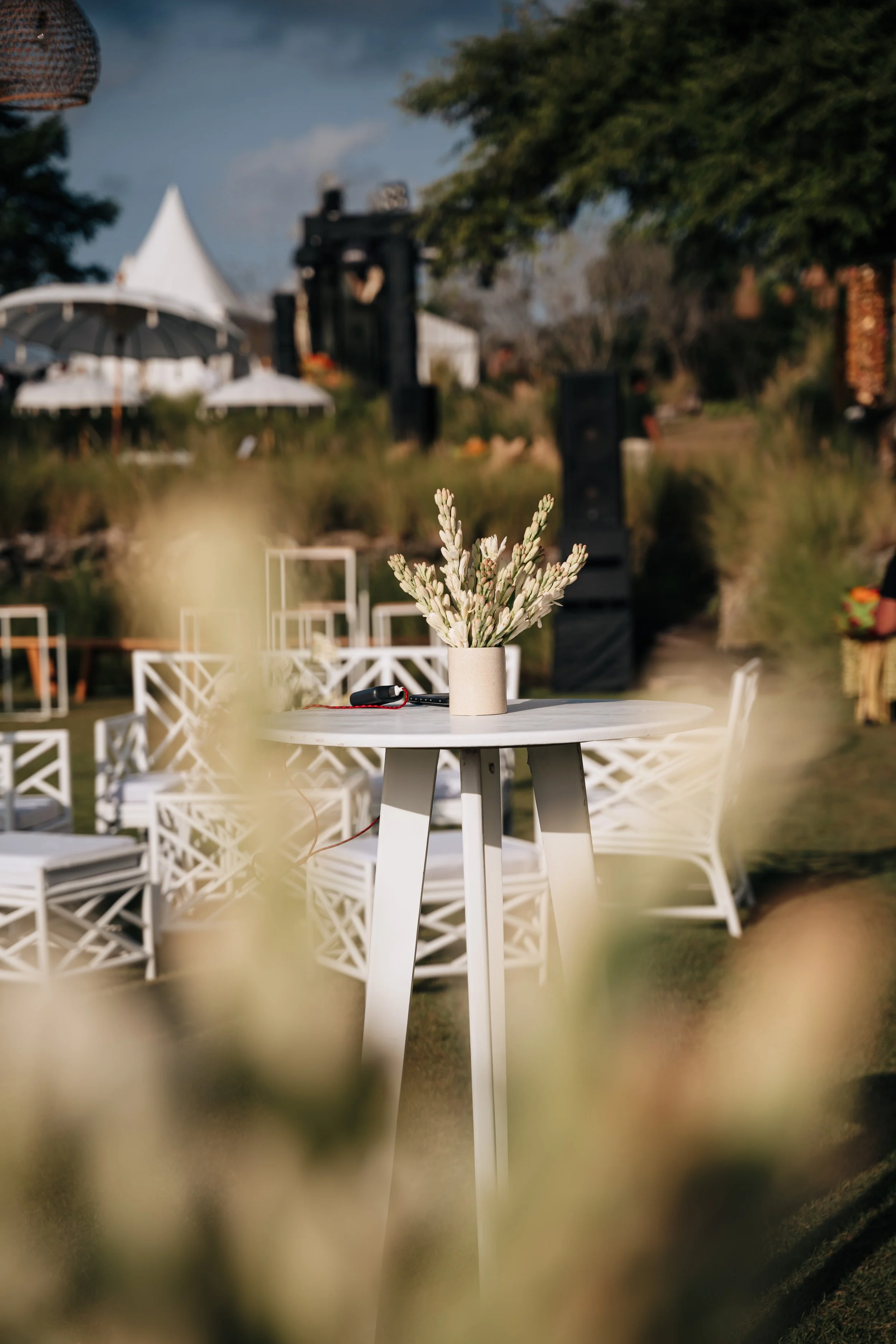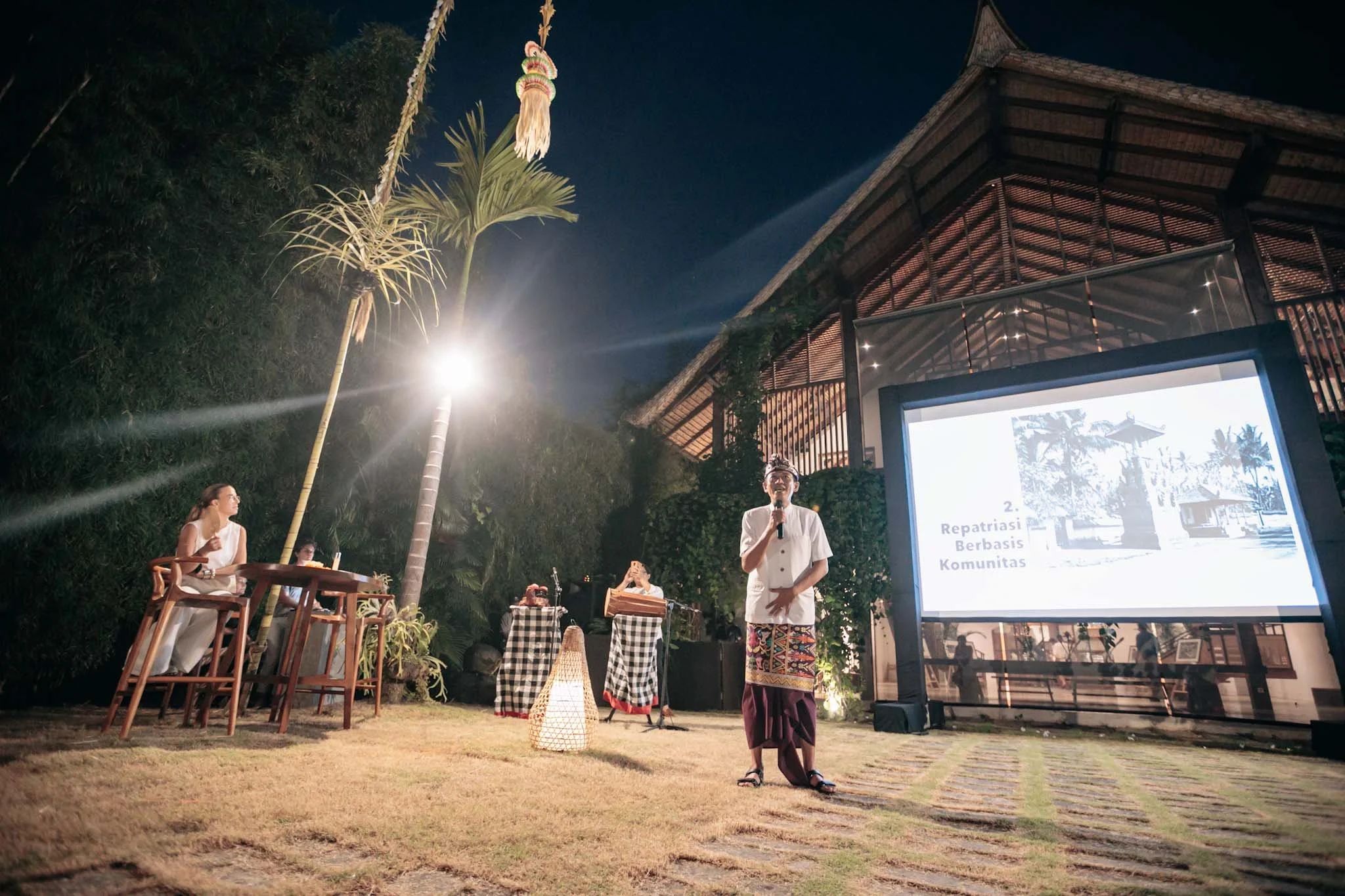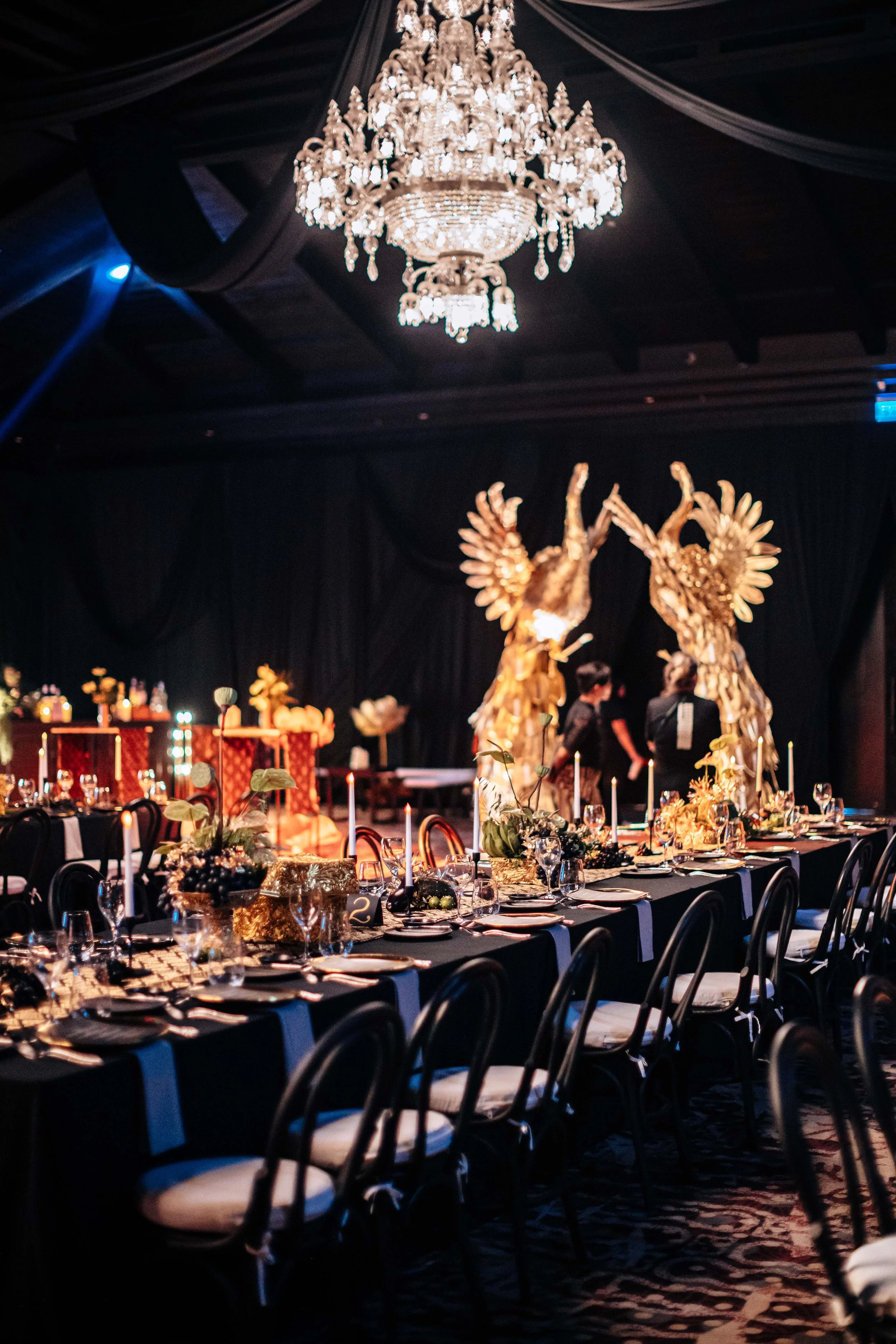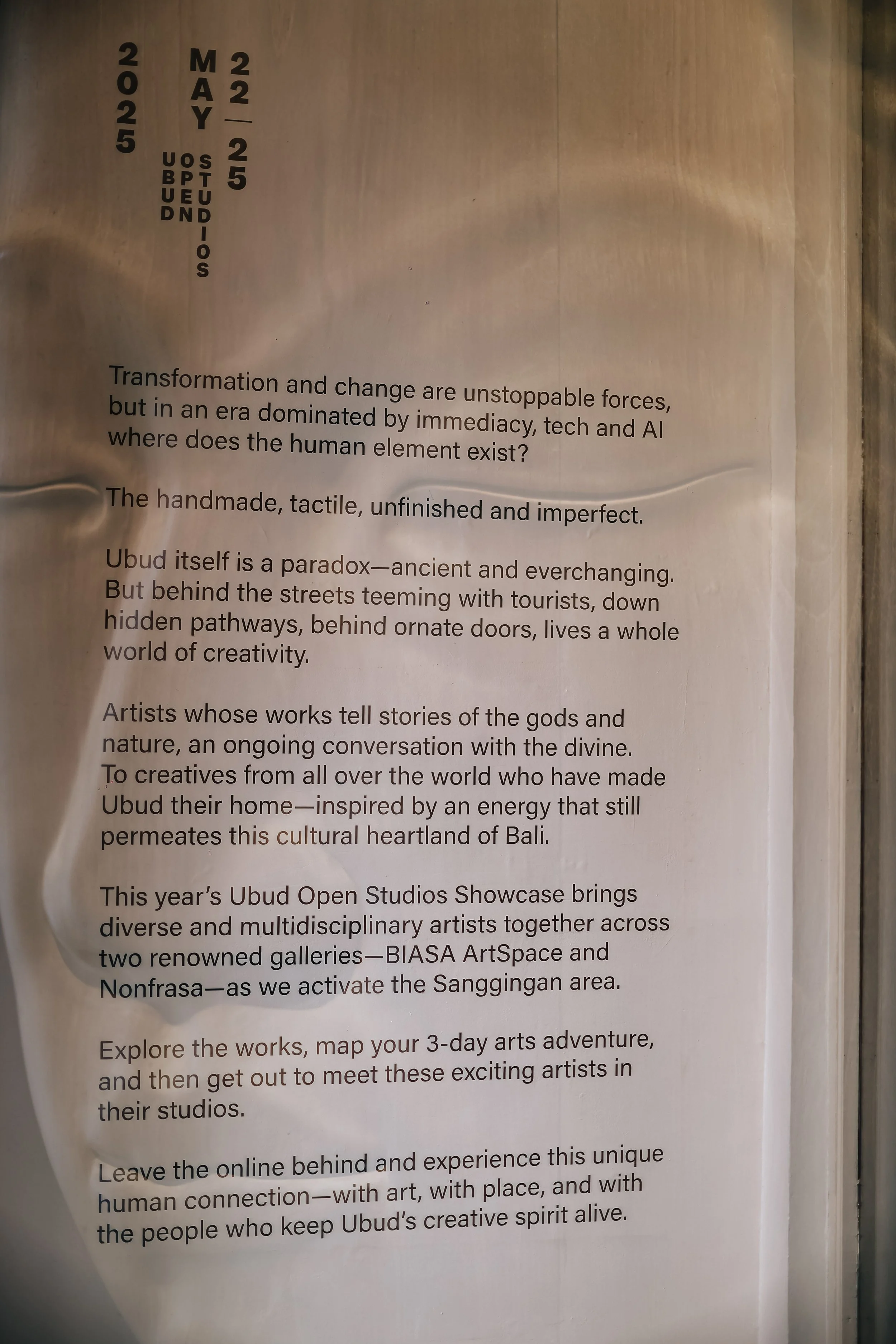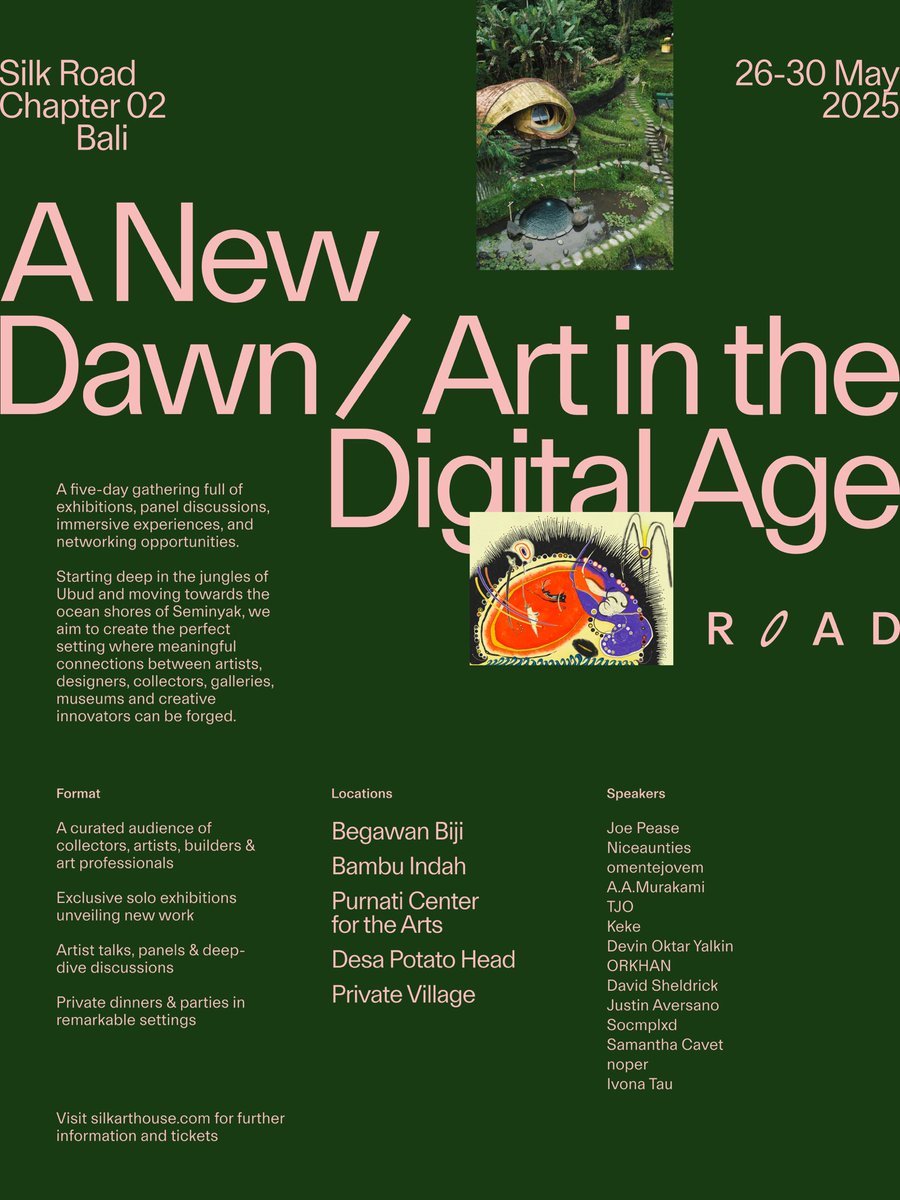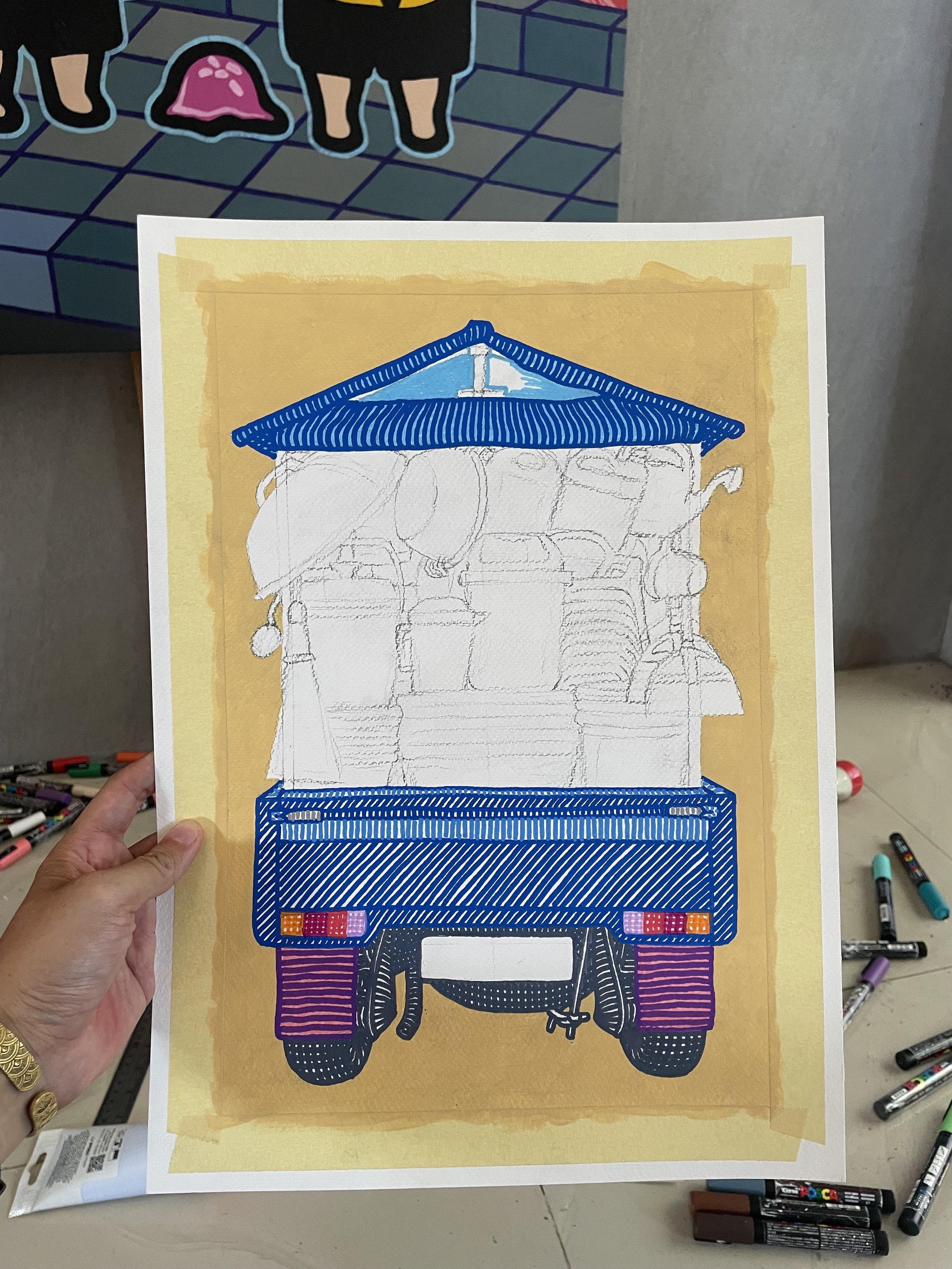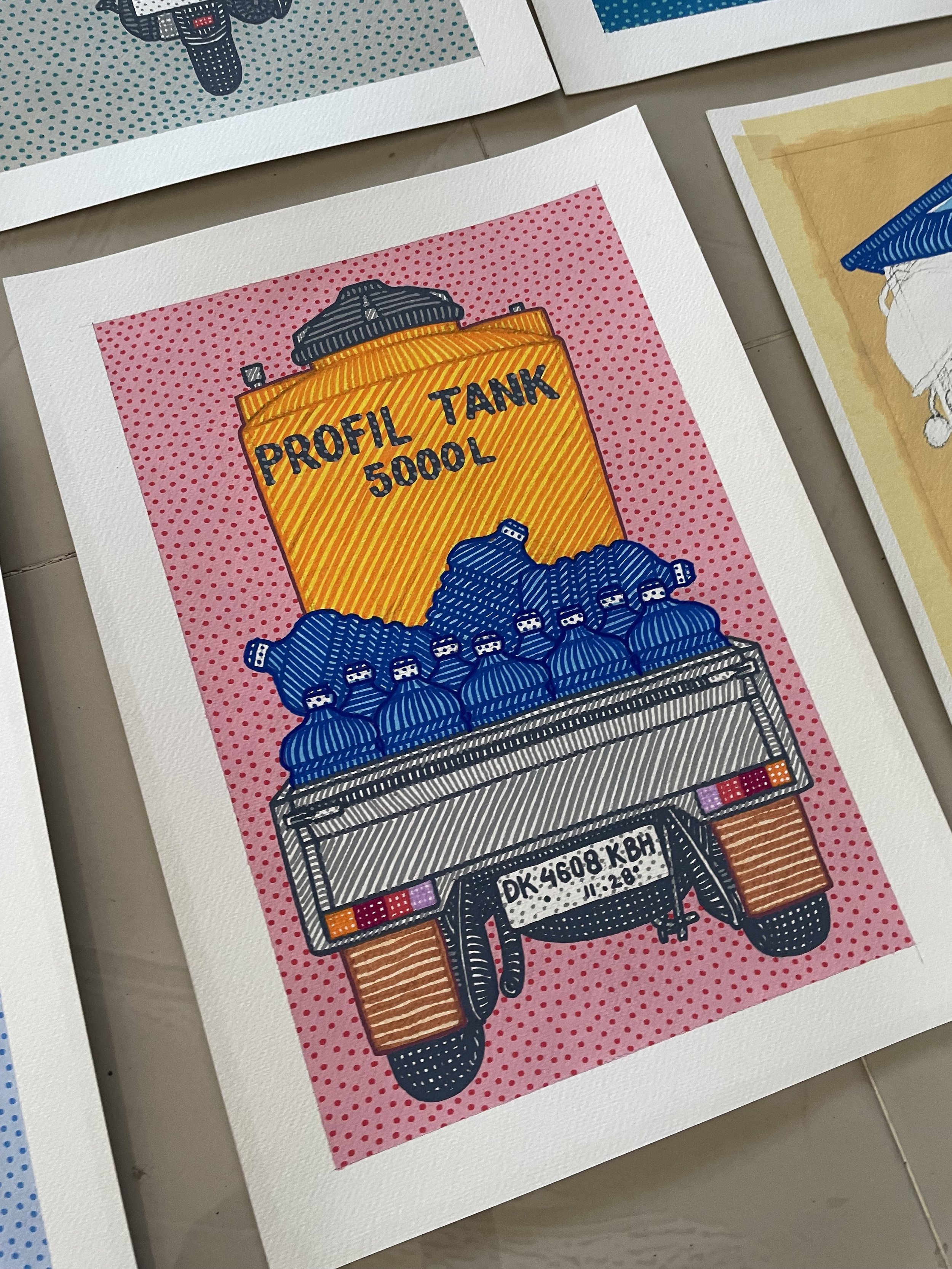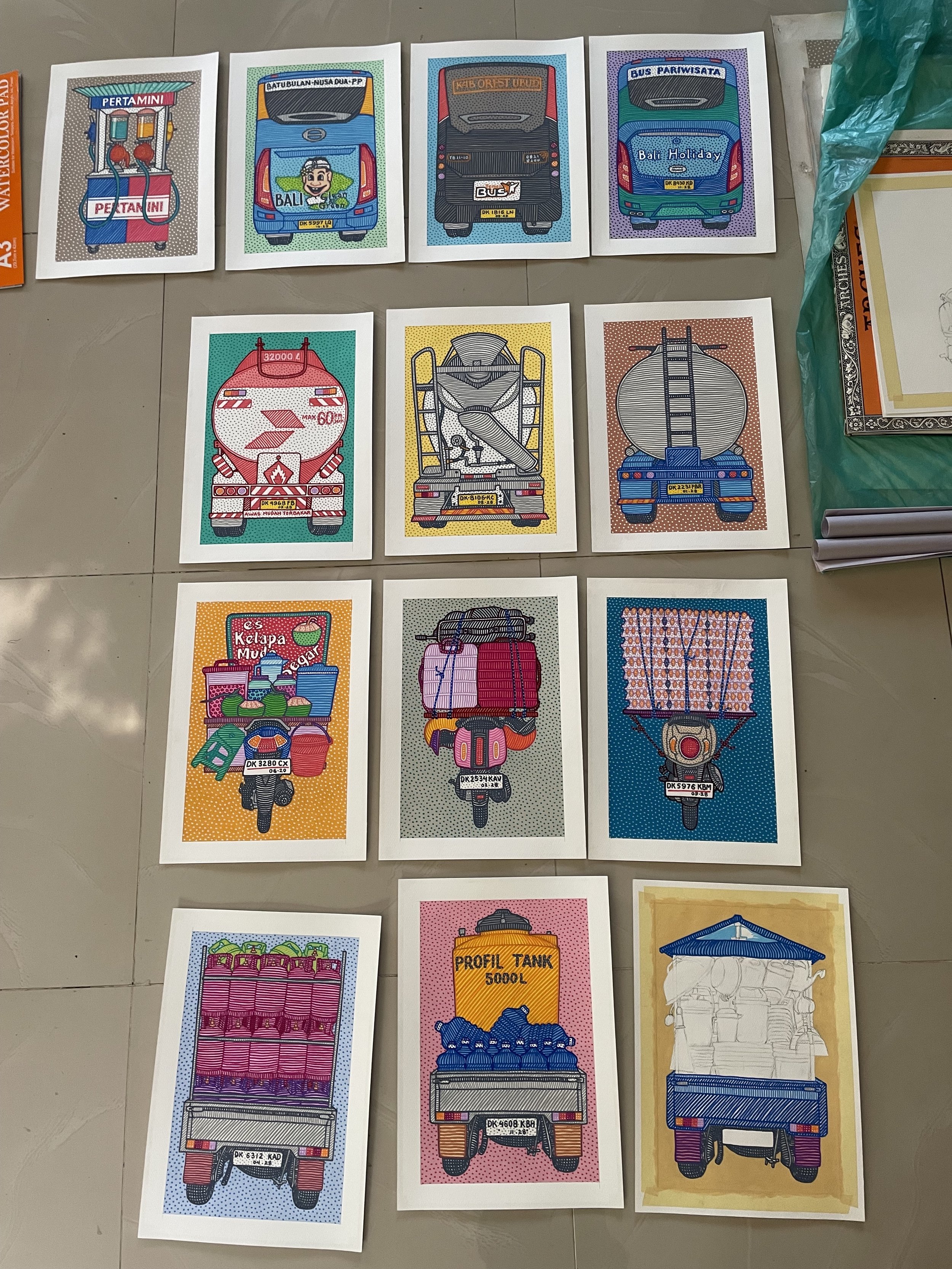Our favorite events to attend in Bali (as event producers)
/Living and working as event producers in Bali has given us front-row seats to some of the most amazing annual happenings you'll find anywhere in the world. We're talking about everything from the incredible Balinese festivals (like the ogoh ogoh parades before Nyepi day, when the entire island goes completely silent for 24 hours) to the buzzing energy of the Ubud Writers & Readers Festival, where book lovers and authors from everywhere come together. What we love most is how diverse the scene is here. As people who create events for a living, we're constantly amazed by how Bali manages to blend traditions with cutting-edge contemporary culture, creating these unforgettable experiences that keep drawing people back year after year.
We’ve picked a few of our favorite events on the island in case you want to add them to your calendar.
1/ Ubud Writers and Readers Festival
To have a festival of this caliber on our doorstep is such a privilege. We close the office every year and head to the festival as a team for a four day brain spa. We always make time for the poetry and the unknown (to us) writers as they often have the most surprising panels. In their words: Set in the heart of Ubud, Bali's vibrant art and cultural hub, the Ubud Writers and Readers Festival invites thousands of attendees each year who are offered the opportunity to listen to world-leading writers, poets, and novelists in conversations about a range of themes. We take pride in celebrating curiosity and a sense of intellectual adventure every October in the heart of Bali. Our program is driven by the desire to spark ideas, foster dialogue, and provide a space for engaging with the world.
2/ Jia CURATED
A new but much-appreciated addition to the event landscape of Bali, this design and craft celebration is one of our most anticipated annual events. From the venue (an abandoned theme park crumbling away) to the vendors (all incredibly talented) to the immersive experiences, it’s an amazing event.
In their words: Jia CURATED is an immersive weekend of craft, design, and culture. Originally introduced in 2022 as Jia Curated Kiosks, it evolved into Jia CURATED in 2025, expanding its vision and impact. Rooted in the meaning of Jia—home in Chinese—the event explores a new theme each year, fostering connections and dialogue through exhibitions, programmes, and initiatives.
3/ Ubud Food Festival
A sister festival to Ubud Writers, the Ubud Food Festival is everything a foodie could want. Geek out on the technique and science, go deep on the history and culture, or just eat to your heart’s content.
In their words: Founded in 2015, the Ubud Food Festival is a three-day cross-cultural culinary adventure with Indonesian food as the star. Showcasing Indonesia’s diverse cuisine, innovative chefs, and extraordinary local produce have always been at the heart of UFF. Each year, the festival welcomes audiences and chefs from near and far to learn about Indonesia through its cuisine.
And a bonus one (and one we actually produce so we don’t actually get to see much but people tell us they love it!) is Ubud Open Studios. An annual celebration of art and artists where over 60 studios throw open their doors for three days so you can curate the art journey of your dreams.




